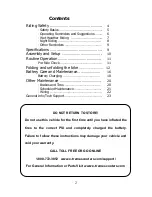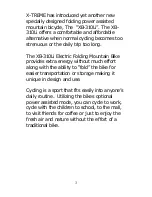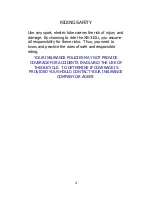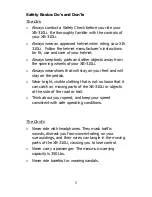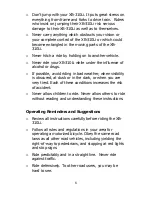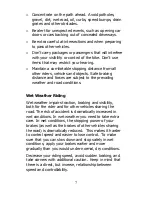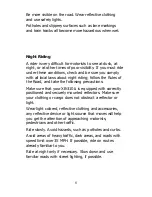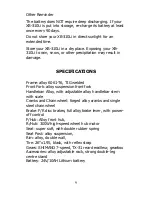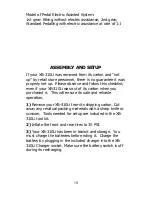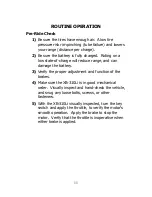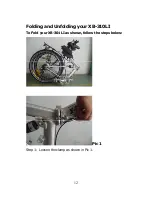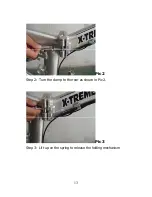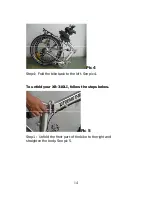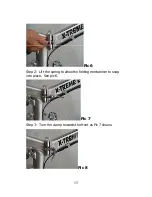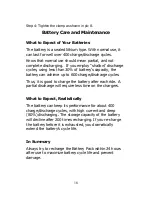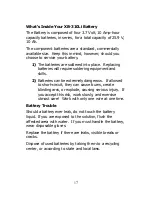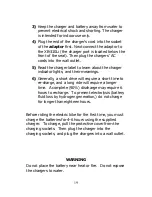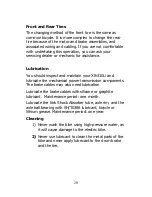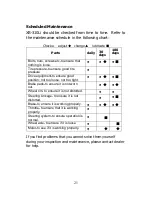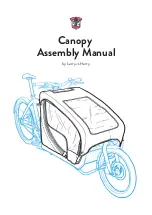
7
o
Concentrate on the path ahead. Avoid potholes,
gravel, dirt, wet road, oil, curbs, speed bumps, drain
grates and other obstacles.
o
Be alert for unexpected events, such as opening car
doors or cars backing out of concealed driveways.
o
Be extra careful at intersections and when preparing
to pass other vehicles.
o
Don't carry packages or passengers that will interfere
with your visibility or control of the bike. Don't use
items that may restrict your hearing.
o
Maintain a comfortable stopping distance from all
other riders, vehicles and objects. Safe braking
distance and forces are subject to the prevailing
weather and road conditions.
Wet Weather Riding
Wet weather impairs traction, braking and visibility,
both for the rider and for other vehicles sharing the
road. The risk of accident is dramatically increased in
wet conditions. In wet weather you need to take extra
care. In wet conditions, the stopping power of your
brakes (as well as the brakes of other vehicles sharing
the road) is dramatically reduced. This makes it harder
to control speed and easier to lose control. To make
sure that you can slow down and stop safely in wet
conditions, apply your brakes earlier and more
gradually than you would under normal, dry conditions.
Decrease your riding speed, avoid sudden braking, and
take corners with additional caution. Keep in mind that
there is a direct, but inverse, relationship between
speed and controllability.
Содержание XB-310Li
Страница 22: ...22 Wire diagram ...


